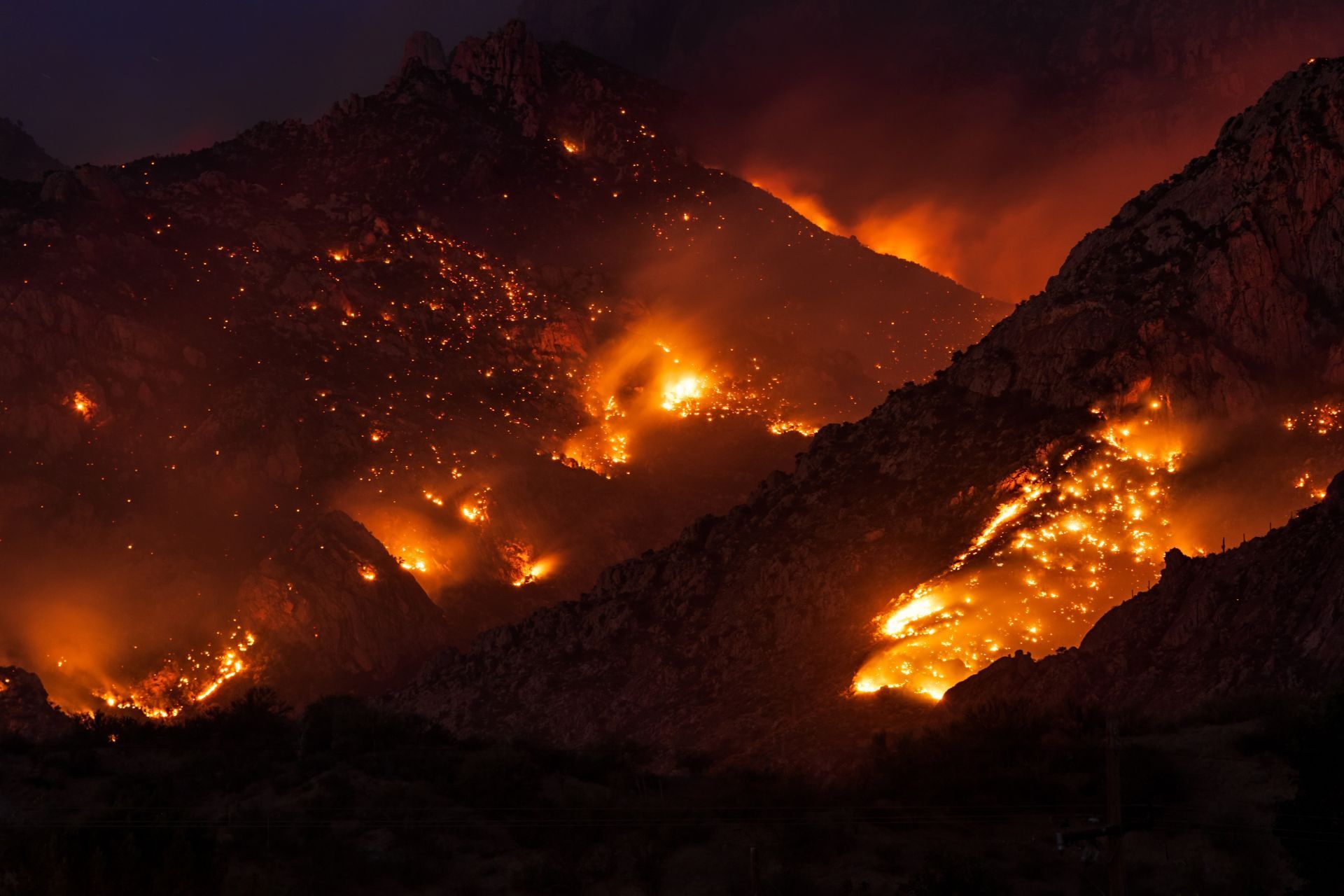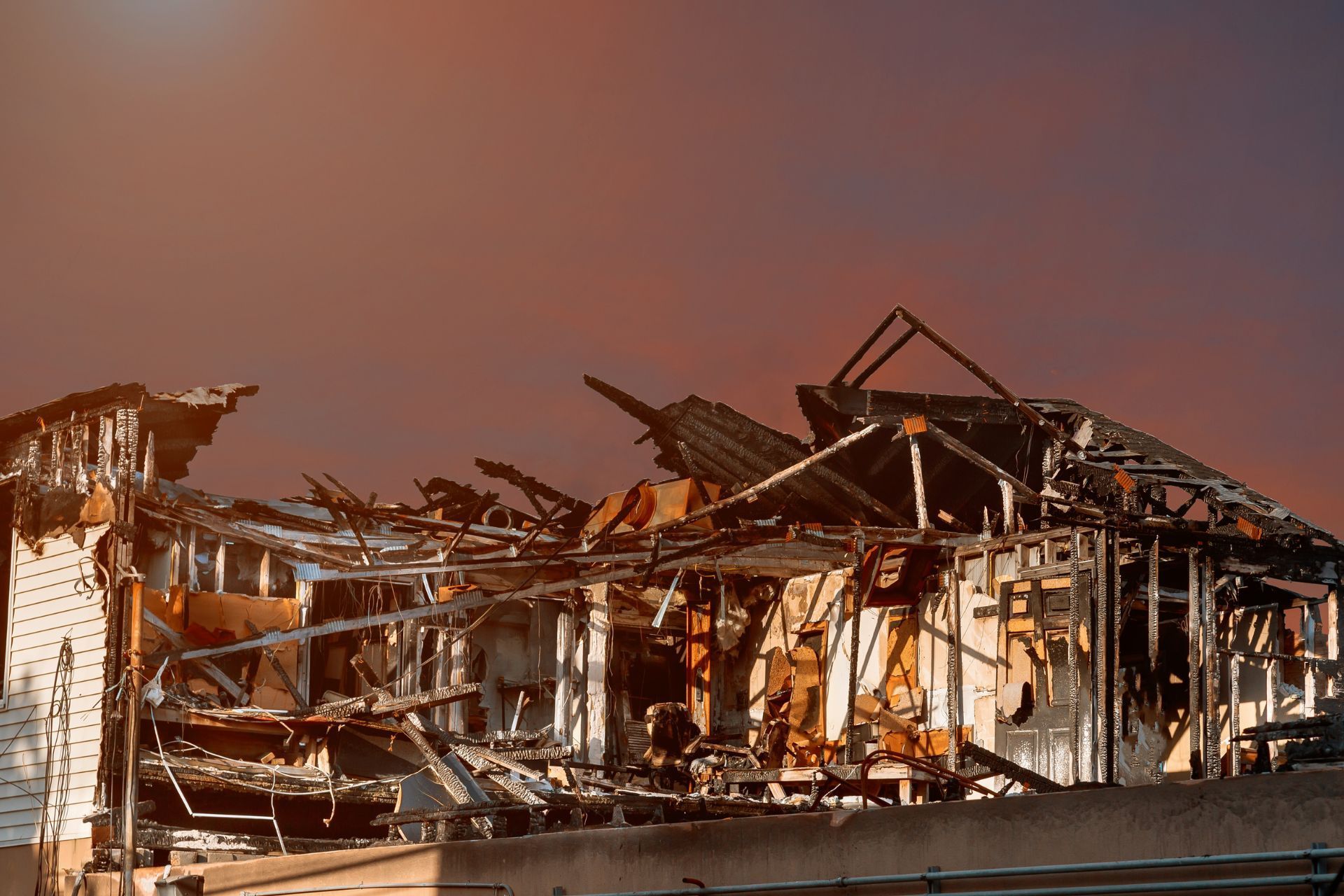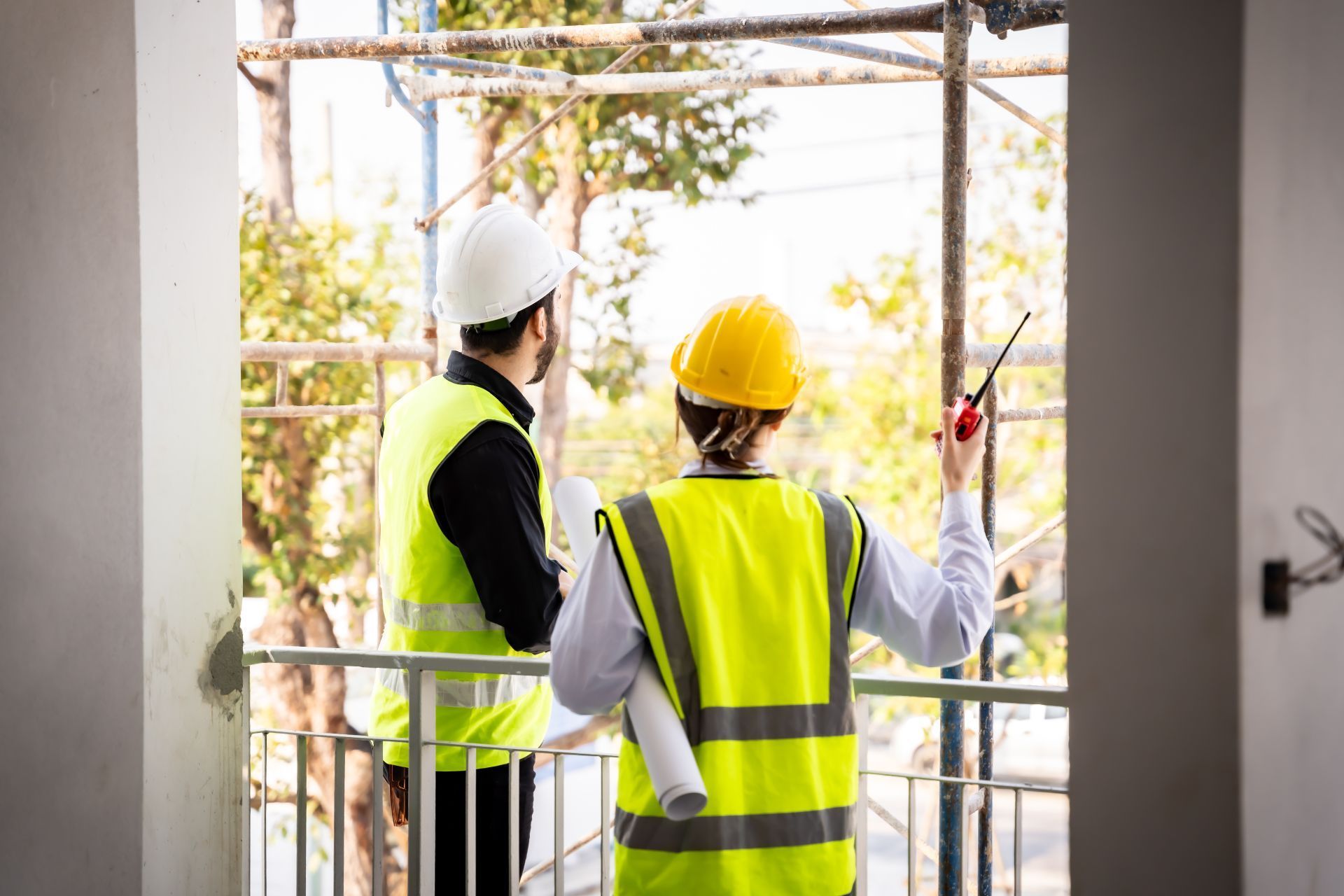For condominium owners in Colorado, understanding insurance coverage is crucial to protecting their investment and personal property. Unlike single-family homes, condos involve a complex insurance landscape, primarily divided between the master policy held by the homeowners association (HOA) and the unit owner’s individual policy, commonly known as an HO-6 policy. Navigating these two types of insurance can be confusing but is essential, especially given the rising insurance costs and evolving risks in Colorado’s housing market.
Recent trends highlight the urgency of this topic. For instance, condominium development in Colorado’s front-range counties has plummeted by 76% between 2018 and 2022 compared to the early 2000s, partly due to challenges including insurance hurdles. Additionally, condo association insurance premiums have doubled since 2022, underscoring the financial pressures on both associations and individual owners. This article will clarify the distinctions between master policies and unit owner policies, explain why both are necessary, and offer guidance tailored to Colorado condo owners.
Understanding these insurance components can help condo owners avoid costly coverage gaps and make informed decisions about protecting their homes and assets.
What Is a Master Policy and What Does It Cover?
The master policy is a comprehensive insurance policy purchased by the condominium association to cover the entire building and common areas shared by all residents. This includes the exterior structure, roofs, hallways, lobbies, recreational facilities, and other communal spaces. The goal of the master policy is to protect the physical property that belongs to the association as a whole.
It’s important to note that the master policy typically does not cover the personal belongings or interior improvements of individual unit owners. For example, if a fire damages the building’s structure, the master policy would cover repairs to walls, floors, and shared infrastructure, but it would not pay for a unit owner’s furniture or personal items inside their unit. This distinction is critical for owners to understand so they can secure appropriate personal coverage.
According to Insure.com, the master policy protects the building and common areas but leaves personal property coverage to individual unit owners. This separation of coverage responsibilities means that condo owners must be proactive in reviewing their insurance needs beyond what the association provides.
Types of Master Policies
There are generally two types of master policies: “all-in” or “bare walls” policies. An “all-in” policy covers the building from the foundation to the drywall inside each unit, including fixtures and sometimes appliances. A “bare walls” policy covers only the building’s structure without interior components. The type of master policy your HOA carries will affect what individual owners need to insure themselves.
Because the master policy is managed by the condo board, owners should stay informed about the policy’s scope and any changes. After an insurance loss, the association’s master policy is usually the first line of defense, with the condo board selecting public adjusters to manage claims, as noted by Swerling Milton Winnick. This underscores the importance of a well-structured master policy for the community’s financial health.
Additionally, the master policy can also provide liability coverage for common areas, protecting the association from lawsuits arising from accidents that occur in shared spaces. For instance, if a visitor slips and falls in the lobby, the master policy may cover legal fees and settlements, thereby shielding the individual unit owners from potential financial burdens. This aspect of the master policy is crucial as it ensures that the association can defend itself against claims that could otherwise lead to significant financial strain on the community.
Moreover, it is essential for condominium associations to regularly review and update their master policy to reflect changes in property value, renovations, or new risks. Engaging with an insurance professional can help the board understand the evolving landscape of risks, including natural disasters or liability issues, ensuring that the policy remains adequate and effective. By doing so, associations can maintain a robust safety net that not only protects the physical structure but also fosters a sense of security among residents.
What Is a Unit Owner Policy (HO-6) and Why Is It Necessary?
While the master policy covers the building and common areas, individual condo owners need their own insurance policy, known as an HO-6 policy, to protect their personal property, interior unit improvements, and liability. The HO-6 policy is tailored specifically for condo owners and fills the gaps left by the master policy.
This policy covers personal belongings such as furniture, electronics, clothing, and sometimes upgrades like hardwood floors or custom cabinetry inside the unit. It also provides liability protection if someone is injured inside the owner’s unit or if the owner accidentally causes damage to another unit or common area.
The Colorado Division of Insurance recommends that condo owners regularly review their HO-6 policy alongside the HOA’s master policy to identify coverage gaps and adjust accordingly, especially when the HOA changes its responsibilities or coverage limits. This proactive approach helps prevent unexpected out-of-pocket expenses after a loss. More details can be found on the Colorado Division of Insurance website.
Common Coverage Gaps to Watch For
One of the biggest risks for condo owners is assuming that the master policy covers everything. For example, if the master policy is a “bare walls” type, owners must insure interior walls, fixtures, and upgrades themselves. Additionally, many master policies do not cover loss assessments, which are fees that the HOA might charge unit owners to cover damages exceeding the master policy limits.
Unit owners should also ensure their HO-6 policy includes adequate liability coverage and loss of use protection, which pays for living expenses if the unit becomes uninhabitable due to a covered loss. Choosing the right coverage is not just about price; as insurance expert Anthony Snow advises, “The decision should never be made just on price alone... The next 40 percent is the product itself and coverages.” (New England Condo)
Moreover, it's important for condo owners to be aware of additional endorsements or riders that can enhance their HO-6 policy. For instance, some policies offer coverage for personal property while traveling or for high-value items such as jewelry or art, which may require additional coverage limits. Understanding these options can provide peace of mind and ensure that all valuable possessions are adequately protected, regardless of where they are located.
Additionally, condo owners should consider the implications of natural disasters in their area. For example, if the condo is located in a region prone to flooding or earthquakes, standard HO-6 policies may not cover these events, necessitating separate policies or endorsements. This foresight can save owners from significant financial strain in the aftermath of a disaster, ensuring that they are not left vulnerable when they need protection the most.
Why Are Condo Insurance Costs Rising in Colorado?
Colorado condo owners are facing significantly higher insurance premiums, a trend that has been accelerating in recent years. From June 2022 to June 2023, condo association insurance premiums in the state doubled, increasing by 103%. This surge is part of a broader insurance crisis affecting homeowners across the region.
Several factors contribute to these rising costs. According to Carole Walker, executive director of the Rocky Mountain Insurance Association, the liability risks associated with condominiums have pushed many standard commercial insurers out of the market. This reduction in competition has led to higher premiums for the policies that remain available. More on this can be found in the Colorado Sun article.
Additionally, the median homeowner’s insurance premium in Colorado rose by 42.1% between 2020 and 2023, far outpacing the 16.8% inflation rate in the Denver area during the same period. These increases put pressure not only on individual owners but also on condo associations, which must pass higher insurance costs down to residents through HOA fees.
Impact on Condominium Development and Affordability
The steep rise in insurance premiums is one of several challenges contributing to a dramatic decline in new condominium construction in Colorado. Between 2018 and 2022, condo development in 11 front-range counties was 76% lower than during the 2002–2008 period, with apartments being built at a much higher rate than condos. This trend is partly due to insurance and litigation risks making condo projects less financially viable for developers.
This decline exacerbates Colorado’s housing affordability crisis, as condos often provide a more affordable homeownership option compared to single-family houses. Understanding insurance dynamics is therefore not only important for current condo owners but also for policymakers and developers seeking to address the state’s housing challenges. For more details, see the Common Sense Institute report.
Moreover, the rising costs of materials and labor in the construction industry further complicate the situation. As builders face increased expenses, they may opt to focus on higher-end developments that promise better profit margins, leaving many potential buyers priced out of the market. This shift not only limits the availability of affordable housing options but also contributes to a growing divide between different socioeconomic groups within Colorado. The challenge is not merely one of insurance; it intertwines with broader economic factors that affect the entire housing landscape.
In addition, the implications of rising insurance costs extend beyond just the financial burden on owners and developers. They can also influence community dynamics within condo associations. As HOA fees climb, residents may find themselves facing difficult choices about their living situations, potentially leading to increased turnover rates and a less stable community environment. This instability can affect everything from property values to the overall quality of life for residents, as the sense of community is often built on long-term relationships among neighbors.
How Condo Owners Can Protect Themselves
Given the complexity and rising costs of condo insurance in Colorado, owners should take several proactive steps to ensure they are adequately protected without overpaying.
Review Both Master and Unit Owner Policies Annually
Insurance needs can change over time due to renovations, changes in HOA coverage, or inflation. Regularly reviewing both the HOA’s master policy and your personal HO-6 policy helps identify any coverage gaps or overlaps. The Colorado Division of Insurance encourages this practice to avoid surprises in the event of a claim. Additionally, it’s beneficial to document any improvements or changes made to your unit, as these can affect the value and coverage required. Keeping an updated inventory of personal belongings can also streamline the claims process should the need arise.
Work with Experienced Insurance Professionals
Choosing the right condo insurance involves more than comparing prices. As Anthony Snow points out, understanding the product and coverage details is critical. Consulting with insurance agents who specialize in condo insurance can help owners select policies that balance cost with comprehensive protection. These professionals can also provide insights into emerging risks, such as natural disasters or liability issues, that may not have been a concern in the past but are becoming increasingly relevant in today’s environment.
Understand Your Association’s Insurance Responsibilities
Stay informed about what your HOA’s master policy covers. Attend board meetings or request policy summaries to understand whether your association carries an “all-in” or “bare walls” policy and whether loss assessment coverage is included. This knowledge will guide your decisions about personal insurance needs. Furthermore, understanding the specific responsibilities of the HOA can empower owners to advocate for necessary changes in coverage or improvements, ensuring that the community remains well-protected against potential risks.
Prepare for Potential Premium Increases
With insurance costs rising sharply, budgeting for higher premiums is wise. Consider shopping around annually and asking your insurer about discounts or bundling options. Being proactive can help mitigate the financial impact of premium hikes. Additionally, exploring options like increasing your deductible can lower your premium, but it’s essential to ensure that you can comfortably cover that deductible in the event of a claim. Engaging in risk-reduction practices, such as installing security systems or smoke detectors, can also lead to lower premiums, creating a win-win situation for condo owners looking to save while enhancing their safety.
Conclusion: Balancing Coverage for Peace of Mind
For Colorado condo owners, understanding the distinction between the HOA’s master policy and the individual unit owner’s HO-6 policy is fundamental to securing proper insurance coverage. The master policy safeguards the building and shared spaces, while the unit owner’s policy protects personal belongings and liability within the unit. Both are necessary components of a comprehensive insurance strategy.
With insurance premiums rising rapidly and condominium development slowing due to these challenges, staying informed and vigilant about insurance coverage is more important than ever. Regularly reviewing policies, working with knowledgeable insurance professionals, and understanding the nuances of coverage can help condo owners protect their investments and avoid costly surprises.
By taking these steps, Colorado condo owners can navigate the complex insurance landscape with confidence and ensure their homes and assets remain secure in an evolving market.
Share now!











